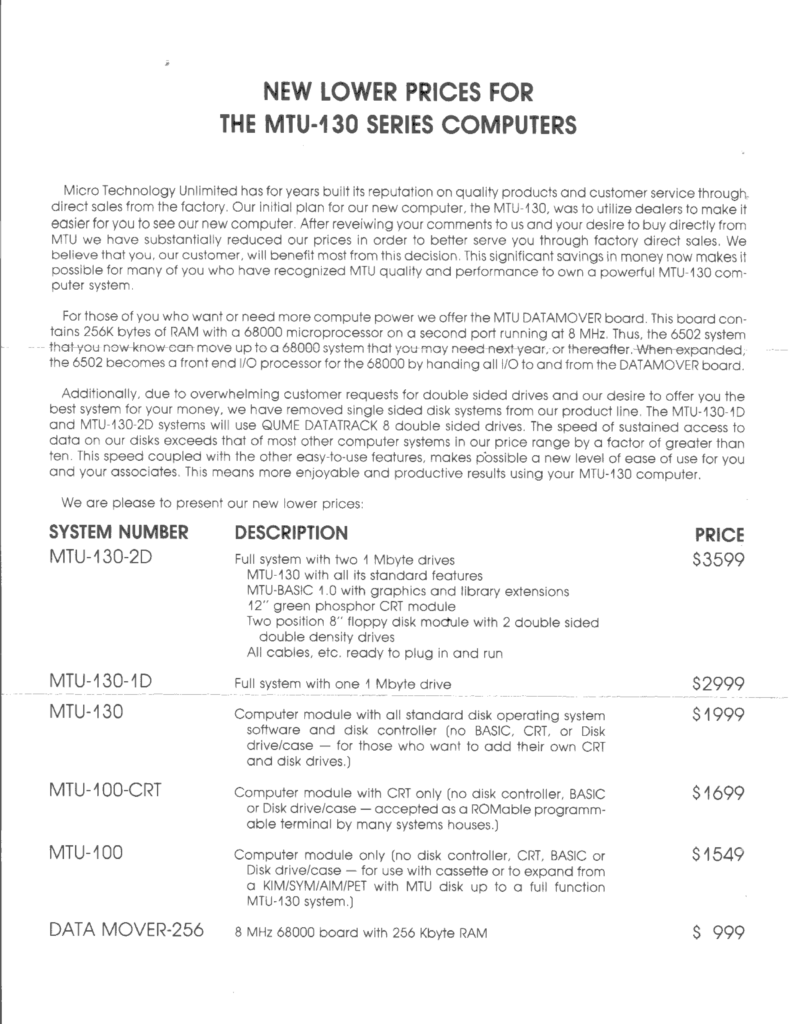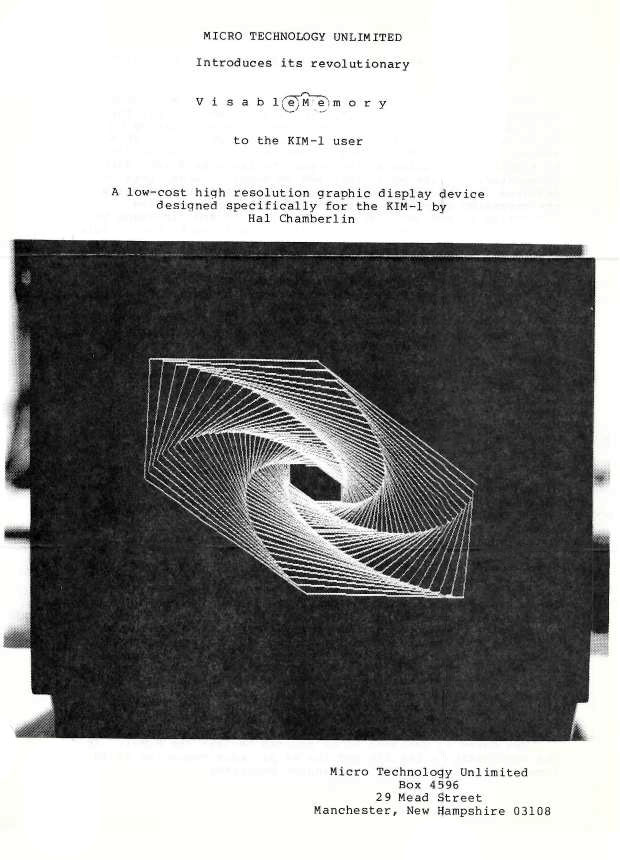Category Archives: 6502
MTU Application notes
 |
MTU Application Note 1 Battery power for your KIM-1 |
 |
MTU Application Note 2 use of the K-1008 Visible Memory For Grey Scale Display |
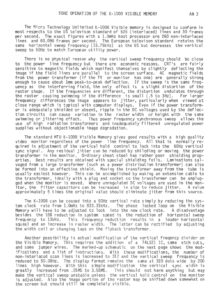 |
MTU Application Note 3 K-1008 50 Hz Operation |
 |
MTU Application Note 4 Using 2716’s with the K-1012 PROM I/O board |
 |
MTU Application Note 5 Addressing the K-1008 on 4K boundaries |
 |
MTU Application Note 6 Addressing considerations in expanded AIM 65 systems |
 |
MTU Application Note Optimizing usage of the AiM 65 I/O block |
 |
MTU Application Note 7 Using Qume Datatrack-8 with the K-1013 |
See also:
History of the TIM in the Jolt
Jolt software
Images of the Jolt
Jolt with a 74154 decoder
K-1012 PROM expansion board
 |
MTU K-1012 May 1979 PROM I/O |
 |
MTU K-1012 PROM I/O Jan 1980 |
See also:
History of the TIM in the Jolt
Jolt software
Images of the Jolt
Jolt with a 74154 decoder
MTU K-1016 16K RAM board
An MTU/KIM bus compatible 16K RAM board. with dynamic RAMs type MM5280, as used also in theK-1008 Viable Memory.
 |
MTU K-1016 16k memory January 1979 |
 |
MTU K-1016 16k memory Manual Revised September 1979 |
See also:
History of the TIM in the Jolt
Jolt software
Images of the Jolt
Jolt with a 74154 decoder
MTU K-1020 Prototyping board
An MTU/KIM bus compatible prototyping board. With on baord +5V and +12V power supplies.
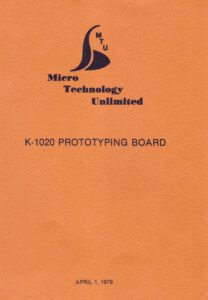 |
MTU K-1020 user manual August 1979 |
 |
MTU K-1020 user manual August 1979 alternative version |
See also:
History of the TIM in the Jolt
Jolt software
Images of the Jolt
Jolt with a 74154 decoder
MTU K-1032 Banker RAM ROM I/O
A RAM ROM I/O board with flexible addressing.
- 32K RAM in 2x 16K pages
- 8/16K (EP)ROM
- EPROM Programmer (2716/2732)
- 4x 8 bit I/O ports (2×6522)
- Bank switching for RAM and ROM
 |
MTU K-1032 Banker RAM ROM manual |



See also:
History of the TIM in the Jolt
Jolt software
Images of the Jolt
Jolt with a 74154 decoder

KIM-100
The KIM-100 is a homemade KIM-1 to S-100 bus system. Well designed, well documented and with a professional look.
Photos and videos by Andys-arcade, thanks!
See also:
History of the TIM in the Jolt
Jolt software
Images of the Jolt
Jolt with a 74154 decoder
KIM-100

EPSON MFP image

EPSON MFP image

EPSON MFP image

EPSON MFP image

EPSON MFP image
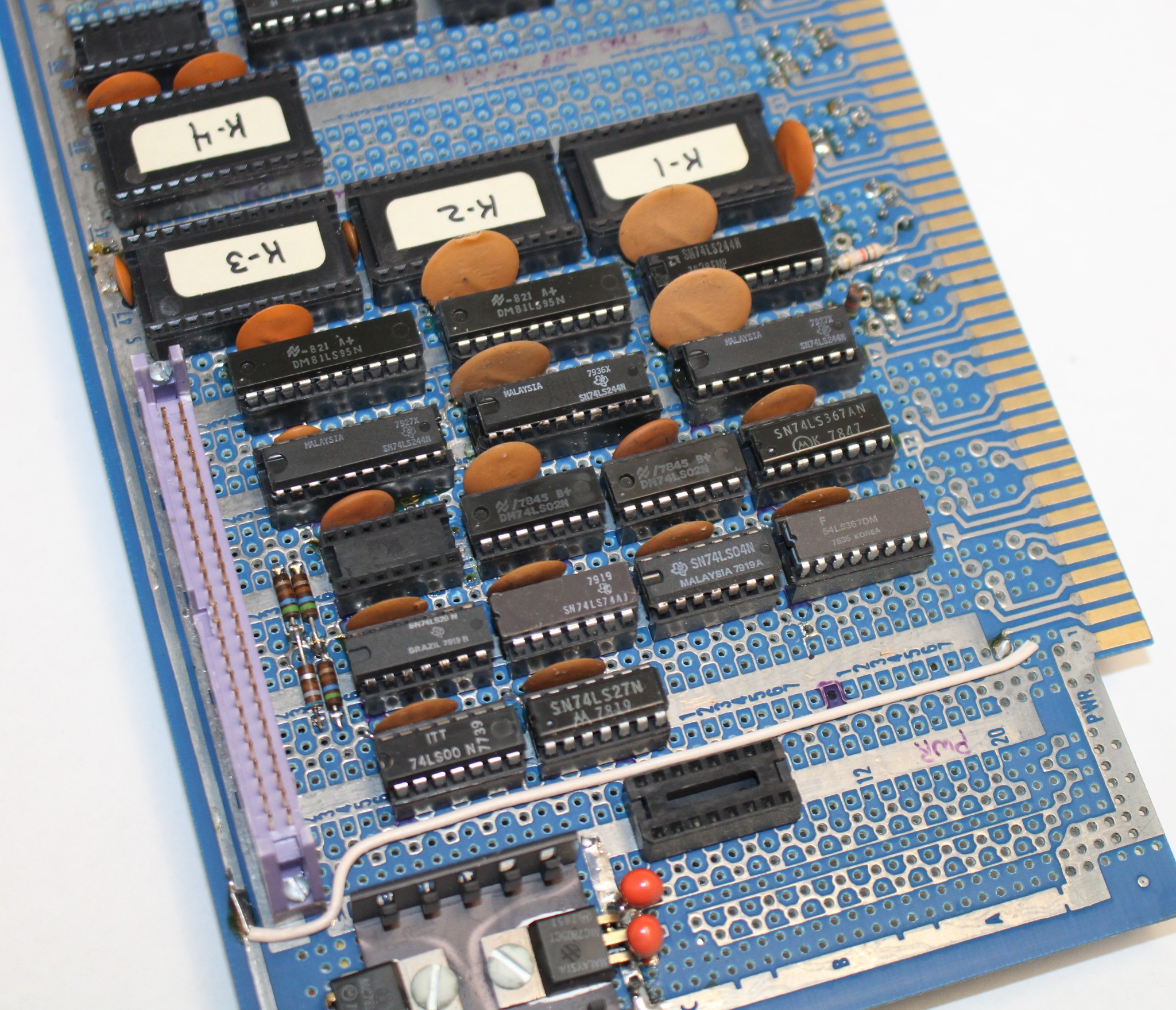






See also:
KIM-1 connectors: beware the Chinese cheap variants!
Magazines: Compute! and Compute II
All documents in the MTU pages are now clean and higher quality, about 50 new PDFs.
Focal-65 V3D for TIM and KIM-1

MTU K-1007 PET MTU bus interface
The K-1007-1-PET is an interface between the PET 2001 and the MTU/KIM-1 bus. This allows MTU products to be used on the PET 2001.
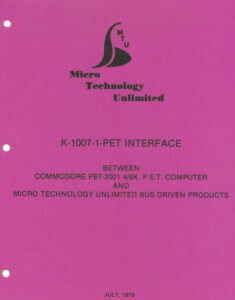 |
K-1007-1-PET interface K-1007-1-A PET interface manual K-1007-1-B Circuit diagram K-1007-1-C Supplement K-1007-3-A New PET Circuit diagram |
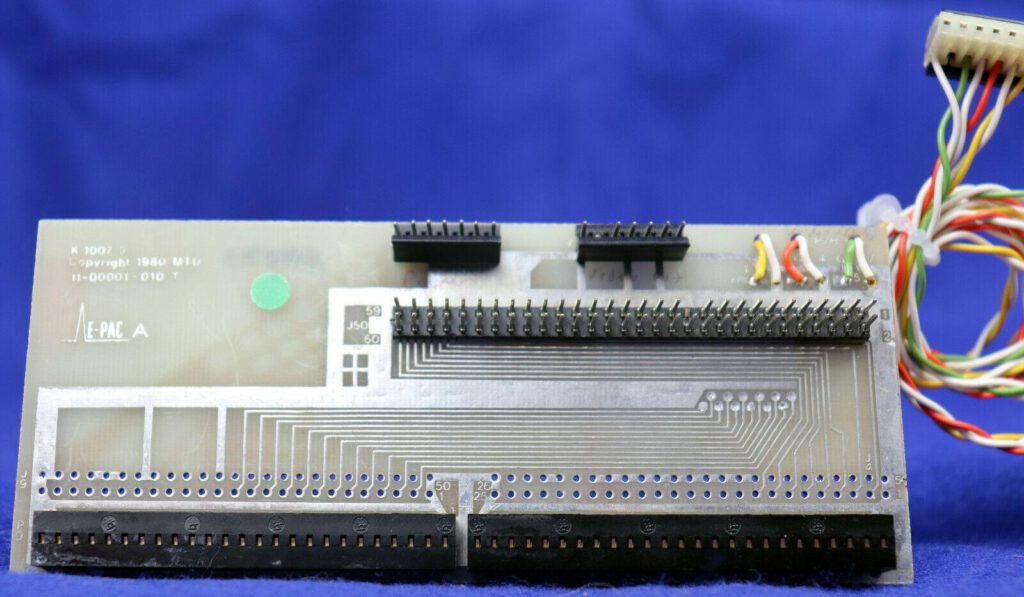

See also:
History of the TIM in the Jolt
Jolt software
Images of the Jolt
Jolt with a 74154 decoder

MTU Catalogs, Product Descriptions and Newsletters
Here you can find the product announcements from MTU. Starting with KIM-1 products like the K-1008 Visable memory in 1978 to the large product range for KIM-1, SYM-1, AIM 65 and PET CBM Commodore and Apple. Not just product descriptions, but also in depth information on the products.
All newly scanned and corrected in July 2025.
 |
MTU Product Descriptions 1978 KIM-1 products like 16K RAM board K-1016, K-1008 Visable Memory, K-1000 PSU, K-1005 card file |
 |
MTU Catalog Spring 1979 A2 |
 |
MTU Catalog Autumn 1979 A3 |
 |
MTU Catalog spring 1980 A5 |
 |
MTU Catalog fall 1980 B6 |
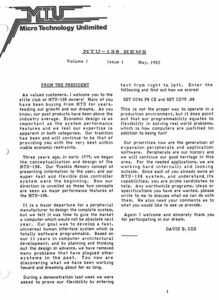 |
MTU News V1.1 1982-05 |
 |
MTU News V1.2 Q3 1982 |
 |
MTU News V1.3 Q1 1983 |
 |
MTU News V1.4 Q2 1983 |
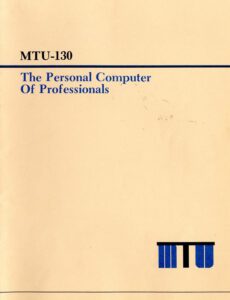 |
MTU-130 The Personal Computer of Professionals |
